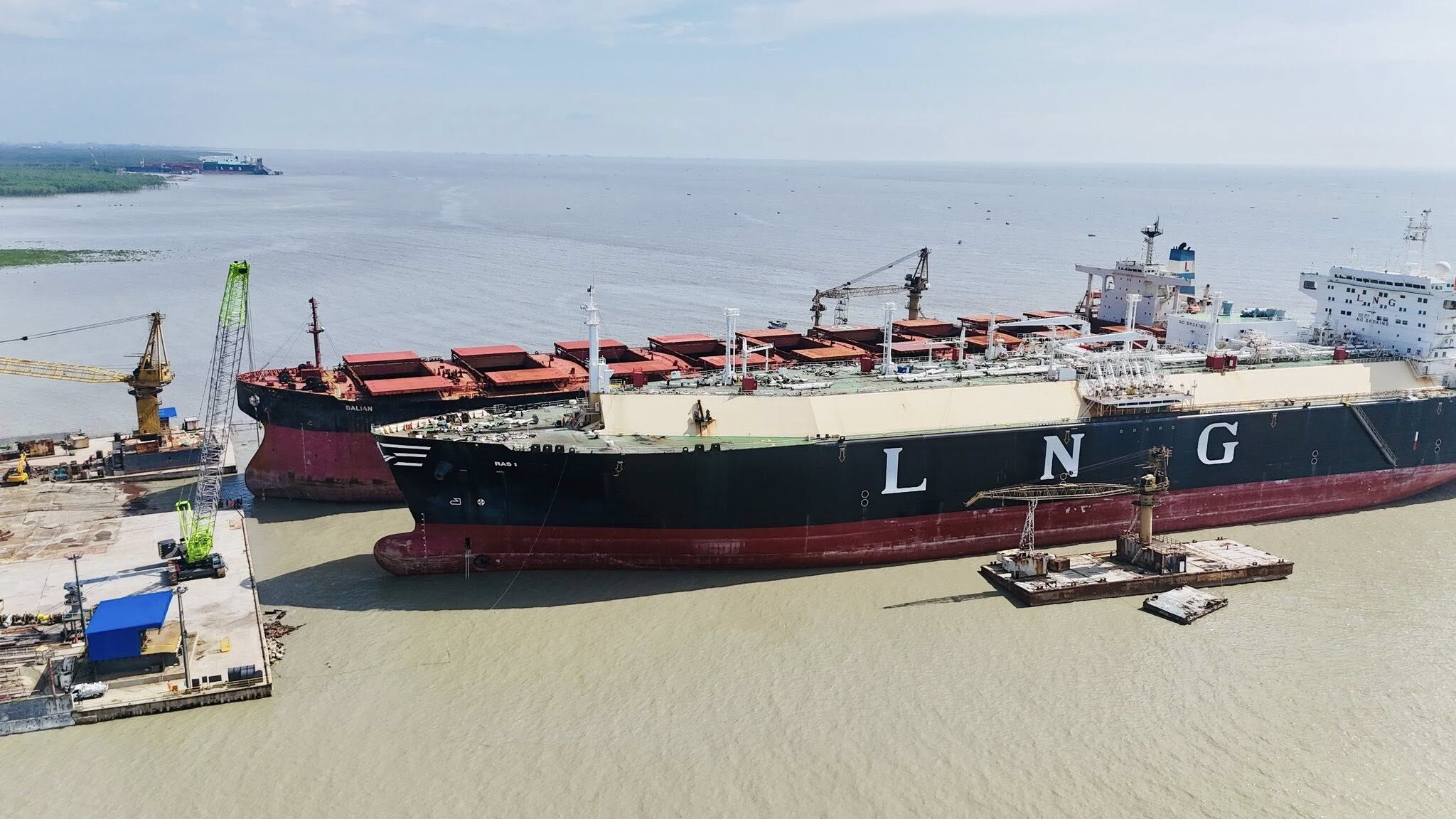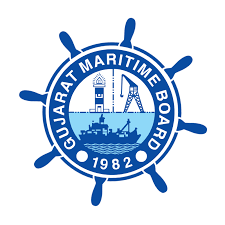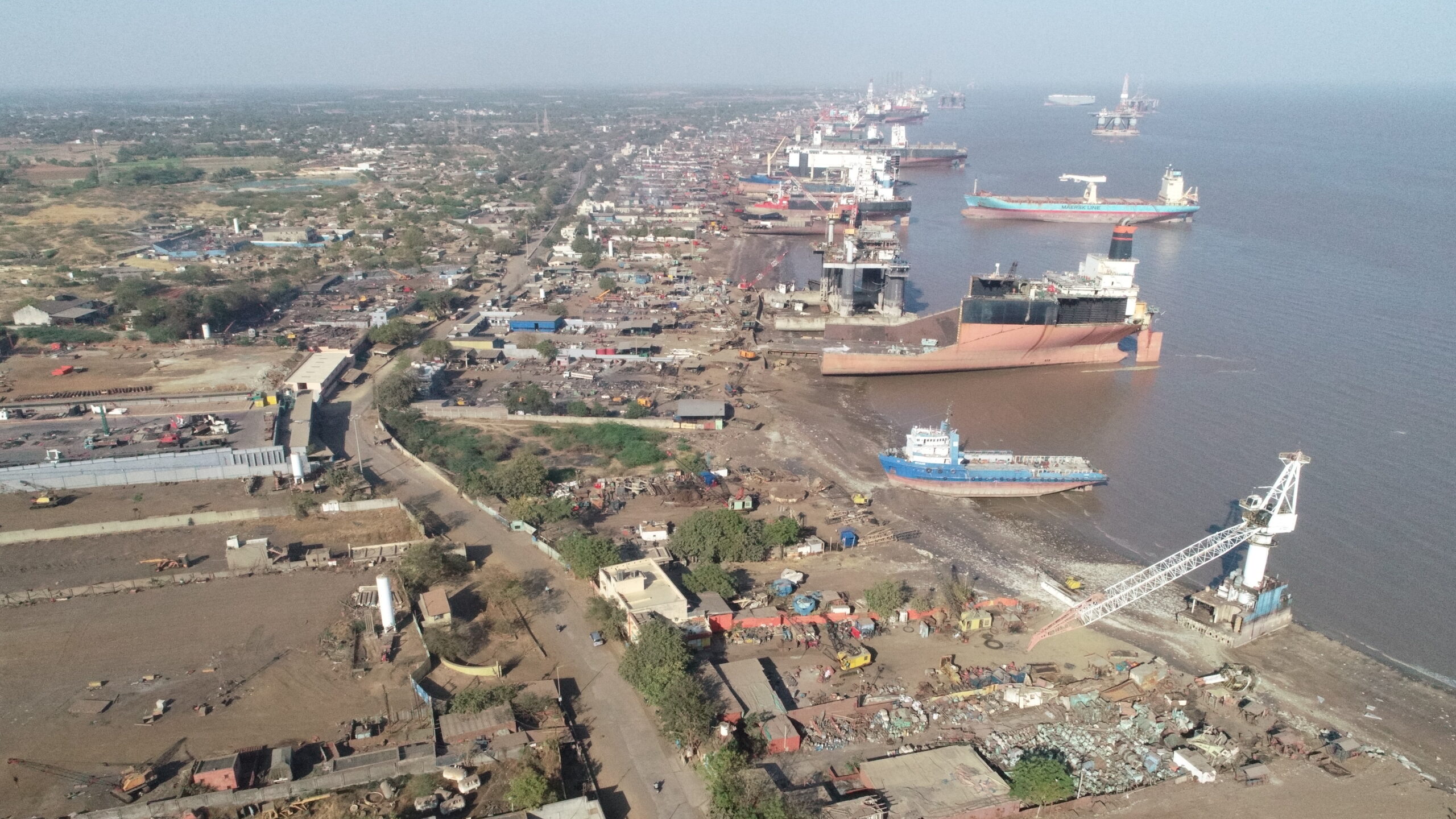Baltimore Port Shipping Lane Reopens After 11 Weeks of Recovery Efforts Following Bridge Collapse
The Port of Baltimore has finally regained full functionality after a devastating incident in March that blocked vital shipping lanes and tragically claimed lives. The main shipping channel, previously obstructed by the collapse of the Francis Scott Key Bridge, has been entirely reopened, marking a significant milestone in the port’s recovery.

The U.S. Army Corps of Engineers, the federal agency overseeing the cleanup and restoration, declared the passage where the bridge buckled safe for commercial vessels to navigate once more. This signifies the successful completion of a massive undertaking that involved restoring the 700-foot-wide and 50-foot-deep channel to its original operational capacity.
The cause of the incident was a cargo ship named Dali, which veered off course and struck the bridge on March 26th. This catastrophic event not only severed the critical shipping artery for the port but also tragically resulted in the deaths of six construction workers who were on the bridge at the time.
The recovery process demanded a monumental effort. The U.S. Army Corps of Engineers assembled a team of over 2,000 responders, including hundreds of international specialists. This dedicated team, aided by a fleet of tugboats and more than a dozen massive floating cranes, embarked on the arduous task of clearing the colossal amount of wreckage – an estimated 50,000 tons of steel and concrete – from the Patapsco River.
“While we celebrate the achievement of restoring the Federal Channel to its full operational capacity,” remarked Baltimore District Commander Col Estee Pinchasin in a statement, “our thoughts remain with those who lost their lives, their families, and all the workers impacted by this tragic event.”
The Dali itself became entangled in the bridge debris following the collision, remaining trapped in the river for weeks. Finally, in May, tugboats successfully maneuvered the vessel free, signifying a crucial step towards reopening the shipping lanes.
Investigations into the cause of the accident are ongoing, with both the FBI and the U.S. Coast Guard actively involved. The National Transportation Safety Board, in a preliminary report released last month, revealed that the Dali experienced multiple power losses before the fatal collision with the bridge.
The road to complete recovery for the Port of Baltimore extends beyond the reopened shipping channel. Rebuilding the Francis Scott Key Bridge is estimated to take over four years and incur a cost of up to $1.9 billion. This extensive project underscores the long-term impact of the bridge collapse.
The crash left the vessel trapped under the wreckage in the Patapsco river. Last month, the Dali was moved by tugboats, marking one of the last steps needed to clear up shipping routes before Monday’s reopening. The FBI and US Coast Guard are investigating the incident.
Last month the National Transportation Safety Board said the Dali lost power several times before it rammed into the bridge.
Rebuilding the span will take more than four years and cost up to $1.9bn (£1.5bn), state authorities in Maryland have said. Despite the challenges, the port’s resilience and the unwavering efforts of the recovery team have culminated in the reopening of the vital shipping lane. This achievement marks a significant step towards restoring normalcy to the Port of Baltimore and the surrounding economy.
Disclaimer:
Hey there! Just a heads-up: the stuff you find on this website is meant for general info only. We try our best to keep it accurate and up-to-date, but we can’t guarantee it’s always perfect. We’re not making any promises about how complete, accurate, reliable, suitable, or available the info, products, or services on here are for your needs.
So, if you decide to rely on any of this info, just know it’s at your own risk. We’re not responsible for any losses or damages that might happen because of using this website, whether it’s indirect, consequential, or anything else. That includes things like losing data or profits. Thanks for understanding!
Author: shipping inbox
shipping and maritime related web portal








